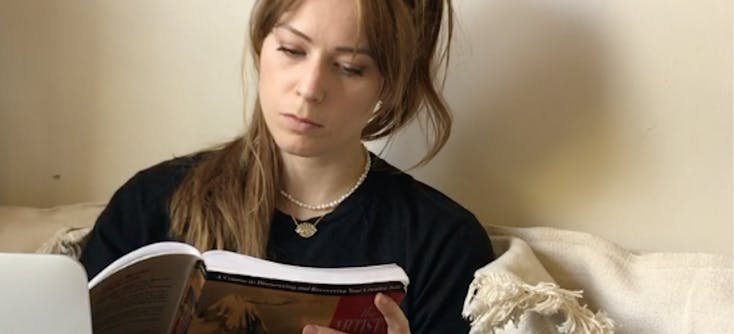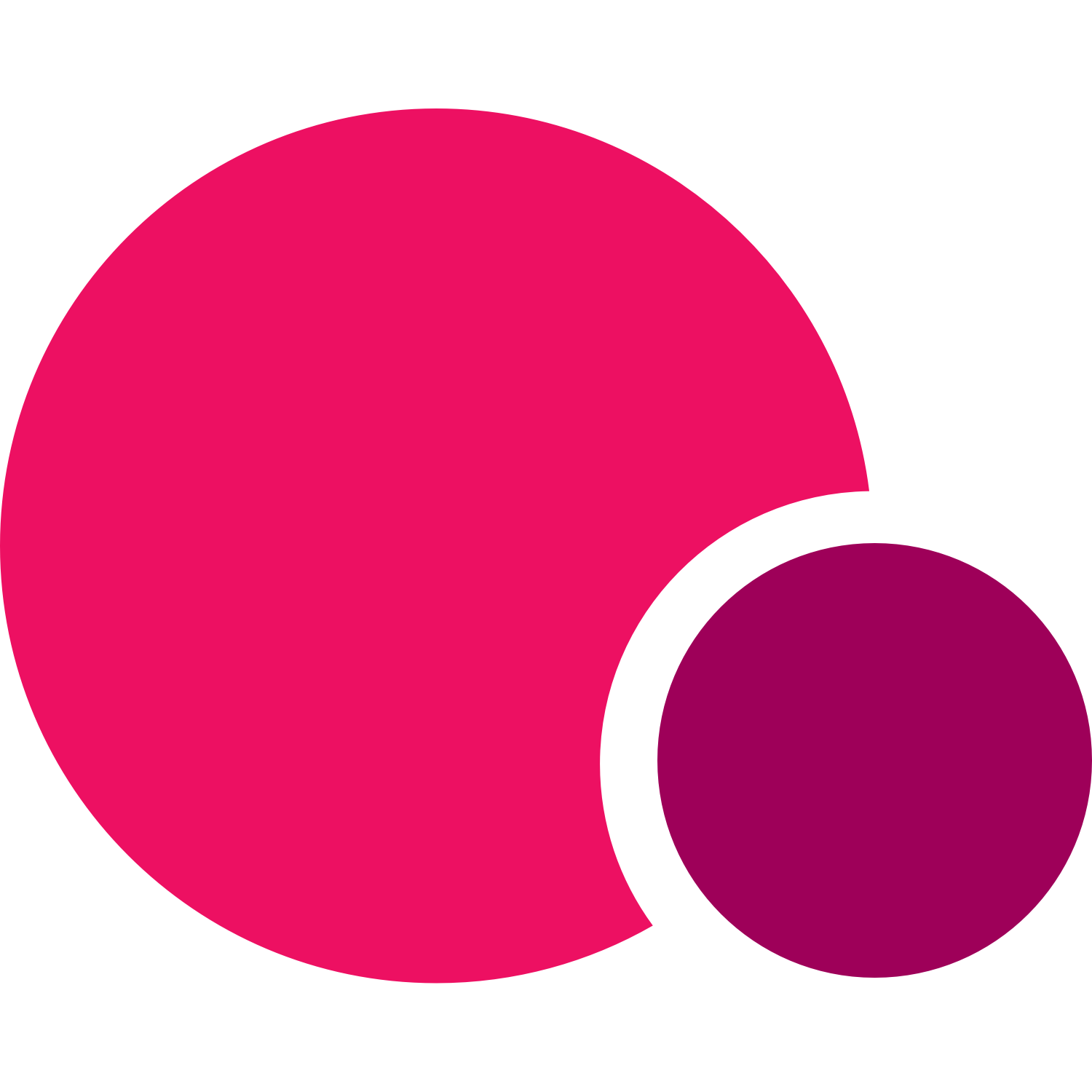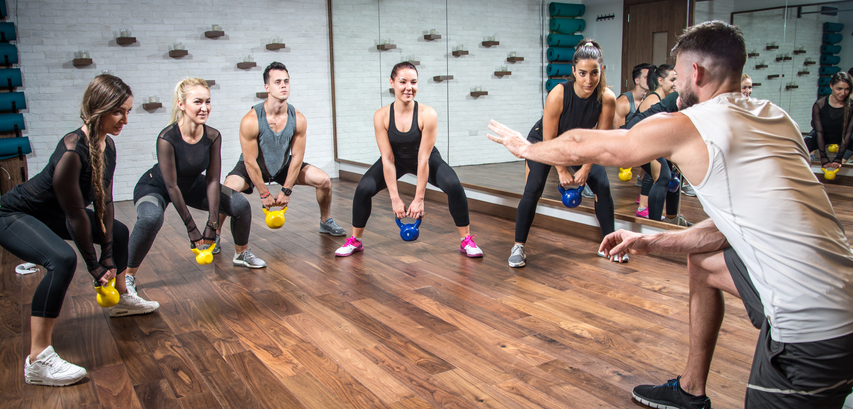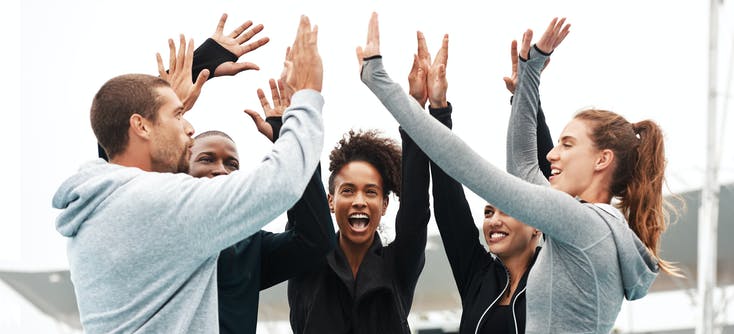Starting a new business can come from the simple realization that there is a problem facing other professionals and that you have a potential solution to that problem. Anna Pugh, founder of Spacetime Monotasking, did exactly that. She identified a problem in her own professional and personal life and discovered that there were other people in the same position.
Seeing the potential to solve the problem that she and other entrepreneurs, artists, and creatives faced, Anna knew she had the makings of a business on her hands. Six months later and Anna is a successful business owner and has helped to change the lives of her members.
Using TeamUp to offer her clients memberships and organisation, Anna has taken our platform and demonstrated how to use class booking software to make an impact in the mental exercise and health fields. Read our interview with Anna to learn how she created and developed her business and has used her booking software to deliver her one and two-hour sprints online to her clients across the globe.

My name is Anna Pugh and I have a company called Spacetime Monotasking. I started it in May 2021 when I personally was building out a business and having a really hard time getting myself to sit down and focus on my work. I had the idea to create a platform where I could create bookable classes for phoneless focused work sprints.
I left a career in startup operations at the beginning of 2020 and decided to pursue some projects that I was really interested in.
Why did you want to leave the startup space?
You work for enough startups and you realize that there's nothing special about the people who start them. They just have a business idea and the belief in themselves that they can create something that somebody hasn't done before, or maybe they can solve a problem that really needs to be solved. And so for me, it was about that problem-solving piece.
How did you create the idea for your business?
It all converged with a surprise blowing up on TikTok. I have a TikTok account where I talk about creativity, I talk about mindfulness and about productivity tips around creativity and being an artist and being an entrepreneur. And I started talking about this idea called mono-tasking, which is essentially focusing on a single task at a time. Experiencing for the first time, a lot of reckoning with my ADHD, reckoning, with working from home, being alone.
Just trying to figure out how to not have to think about work all day. I left the nine to five for a reason, and I really wanted to find a better way, a way to work smarter, not harder.
Over the course of the weekend, I had a TikTok video blow up about monotasking and realized, oh there's a lot of people who are facing the same problem as me. I spun up a Patreon account, and for $5 a month, people could subscribe to a Google Calendar that had three mono-tasking classes a week, and that grew really quickly. I think I got 25 members in a matter of two or three months. And I realized, wow there's really something here.
Find out how Anna developed memberships for Spacetime Monotasking
As you quickly grew, how did you start developing your memberships?
I decided to take it a lot more seriously and think about building out an entire platform where there would be bookable classes. I knew I wanted to create one-hour work sprints and two-hour work sprints. I wanted it to be membership-based because that would be the easiest thing for anybody who wants to work this way with me, to be able to purchase a membership and then have all access to all of these bookable work sprints.
But I also wanted it to be something that people could think about ahead of time. Having classes that could be booked in advance so that you can put them on your calendar and that would remind you, you have this two-hour work sprint booked.
The problem that I was facing was that I really need to be able to think things through without distractions from the outside world. I want our people to be able to think ahead about that kind of stuff and to be able to plan and know this would be a reliable place for them to come, leave their phone, turn off their notifications, and just get into the work that they needed to do.
How did you realize booking software would be the best option to offer memberships for your sprints?
I looked long and hard for booking software. As I mentioned, I had a background in startup operations, so I'm really familiar with the process of vetting a software solution, working with partner integrations. This is what I spent seven years doing for other people's businesses. I was really familiar with what it was going to look like for me to try to solve this problem for myself.
But I was coming up against a couple of things:
- I'm bootstrapping my own business, so I need to be really budget-conscious.
- The second thing is knowing that I might have a vision in my mind of what I ideally want the website and the software and the customer experience to look like. But I'm constantly in this process of building my business, having to roll it back a little bit and say, okay, 'what problem am I actually trying to solve right now?'
I started thinking a lot about what other businesses operate on this model and realized this is the same model that fitness studios work with. I thought about my experience of booking fitness classes and thought that's a perfect fit. I needed to find something that works functionally the way that a fitness studio membership would work because if you think about what my business model is, it's a work gym. Which is a weird combination of words, but that's basically what it is. It helped me relate to think about what I am creating in a similar way that someone would create a yoga studio platform.
There are a lot of fancy-looking ones, but they weren't exactly what I was looking for. I really wanted an online booking system that was just so functional. I started using TeamUp in May and found that it allowed people to do a single class option, and membership, and be able to book classes in advance.
What made you realize a class format would work better compared to that of one on one appointments?
Part of the reason why I've created this company is that I have ADHD and I know that I need to plan ahead. I know that getting a good calendar and knowing that there's reliability and there's consistency, knowing basically all of the problems that I'm facing is the main thing that informs my vision for my business and is me trying to solve the problem that I face every day.
It was really important to me to have the membership option because I want the reliability piece to be there for my clients. And then also knowing that I have a calendar of events that they can just know exists for them, that they can just go in and they can book those classes.
During my Friday sessions, we plan out the next week. What I see a lot of is people going in and booking their sessions for the next week. That's exactly part of the vision I had because that's how I am thinking about it too. I'm thinking about what I do I have for my entire next week, and what can I fit into what slot in order to not have to think about work all the time.
I just want to know that I have booked this time slot, and this is what I'm going to be filling it with. I'm also an artist, and I can be a little bit more creative in my hours too. I think the biggest thing is wanting to make sure that the customer experience can be dependable.
It can be planned in advance and that it can be a consistent experience. Having that calendar, the recurring bookings, the membership offer, I knew that had to be a part of the experience.
Along with memberships, what are some of the other ways TeamUp is a fit for your business model?
What I really liked about TeamUp was the way you can pay based on memberships, because I am still working with something that I am not sure is going to work or not. This whole business structure is a giant experiment for me and it's an experiment that's working so far, which is wonderful, but it's still an experiment.
For me, there is an investment when it comes to cost, and I don't want to dig myself in a hole. I love the option of paying based on memberships and that I could do a pretty seamless integration with my website. Everything seemed to be all there to give me a really basic, complete framework to get my customers and potential customers what they needed and to build out the foundation of my vision for my business.
What are some of the things you cover in your sprints?
One of the first things we do in a session is to establish how do we want to use the session. A lot of my entrepreneur clients come and they'll say, 'I'm not quite sure what I want to tackle this hour', but they know that if they just show up, they're going to make progress on something. That's the hardest part.
Our work sprints are completely on mute. They're on silent. We do a quick check-in at the beginning, we do a quick check-in at the end, but it's really inspiring to see 10 people on a Zoom call, all working on their thing. The energy of that space, I can't even describe it. It's the coolest experience to be able to hold space for people to come and do that kind of stuff.
Not everybody is actively watching either, they have the meeting on the back of our browser. I always leave my camera on but, everybody can turn their camera off if they want to. But there's a concept within neurodivergent ADHD communities called body doubling. And I don't think I realized how much working in an office with other people were contributing to that sense of body doubling until I had to work on my own. I had no motivation to do something because I'm not seeing anybody else working.
Keep reading to find out more about Spacetime Monotasking's clients and members
Who would you say Spacetime Monotasking is best suited for?
I wanted to create a business for creatives and for entrepreneurs. Basically, I created this for myself. My vision at first was artists of every kind who struggled to get themselves to sit down and actually do their work. And then also entrepreneurs because the entrepreneur journey is there is no path until you walk it. You're building the plane as you fly. So much of that is moving toward your work. And when you work from home and you work by yourself, it's really hard to know what that looks like. So what I find for my entrepreneurial clients is oftentimes they will come to a session and I always make sure we do several layers of accountability within my sessions.
And the craziest part about it is that the only advertising I do is on TikTok. All the people who come in also have TikToks and so they get to follow each other. There's a mutual inspiration and a sense of community. I have a background in coaching as well and I often get to use this space as we're going to leave judgment out of this hour. We're going to leave self-criticism out of this, or we're going to like really holding a space for people to come just be what their dream is ad see how far they can take it to create the space and time to show up.
I also have people who are in very corporate traditional settings who have the opportunity to work from home, but want to infuse those work sessions with a little bit more energy. I'm seeing my original vision for who is going to use this space expand to places that I didn't necessarily anticipate.
It's just knowing that other people are sprinting through that hour, together or that two hours to accomplish something. You can see it on my website. It's changed people's relationships to their work. It's so funny, like the phrase like monkey, see monkey do.
What are your best tips for creating engaging content on TikTok?
I started my TikTok @annasinwonderland in December 2020 and have grown it to 33K followers. Here are some of my top tips:
- Lighten up: A polished video is unlikely to perform as well as an unpolished one! It’s counterintuitive, but video is a transparent medium and viewers love authenticity (vs performance). Tiktok is an amazing way to lighten up and learn to laugh at yourself.
- Give the energy you want to receive: Don’t be stingy with your likes and follows- Tiktok is all about connection. Start following people you like and engage regularly - you’ll be surprised how easy it is to make friends and build a community here! It reminds me of how easily we made friends on the playground when we were kids. Tiktok is your new playground.
- Slow and steady: Give yourself an easy goal to hit! Since we’ve already established that your videos don’t have to be polished, make videos when it feels right. I started with trying to make 1 video a day, and I know that’s a huge part of what’s gotten me to where I am.
- Go easy on yourself: Starting an account on a new platform is intimidating. Video is vulnerable which makes it even more intimidating! Know that it might take some time to find your voice and style, but it’s in there and you’ll find it with practice.
- Use trending sounds- One of the most enjoyable parts of running a business on Tiktok is applying trending sounds to your message as a business owner. Trending sounds increase your visibility and act like living memes for your business niche.
How do you think the time we are currently in played a role in launching your business?
If I would have had this in all of the years that I worked for startups, if I would have had this type of work environment, it would have completely transformed my experience of work and my relationship to work. I say that to people all the time when I'm talking about what I do is what I'm doing right now would have been weird two years ago.
Nobody would have done it. People would've thought it was weird. 'Why would I want to work on Zoom with a whole bunch of strangers?' But instead, we're all people on Zoom right now and so we can be more comfortable with being seen on Zoom and being present in a virtual space and realizing that true relationships can be created in these virtual spaces too.
What are your future plans for Spacetime Monotasking?
My Zoom rooms can hold up to a hundred people and I'm open to that. But I get a lot of feedback on how personal it feels and how refreshing that is for my clients. I think right now, my ideal class size would be around 30 to 40 people. I think that would be an amazing experience to see people sharing the time, that way. And also, with the technology, I have a lot of systems in place just to create that personal connection with doing breakout rooms at the beginning to do check-ins and checkouts and things like that.
I think my longer-term goals at this point are to create more times and to hire more facilitators to host more times. I have a few people that are outside of the United States, people who are tuning in from Europe and turning up to my sessions very late at night. I have people in Australia always asking me, do you have any time slots for us. I'm really interested in growing the business to hire outside of what I can handle energetically. And to open up more times for people to connect with more people. The vision for this can be as big as I want it to be.
I'm really focused on growing my membership options. I've worked for enough startups that I know I want to keep this idea as simple as possible for as long as possible. I'm really not interested in adding on a whole lot of extra service offerings until I really see the need for it. Right now, I am more focused on what happens in every sprint. For my ADHD brain, I don't want any more than a two-hour sprint.
Maybe further down the road, a three-hour sprint makes sense, but for me right now, I'm just trying to keep it as simple as possible. It's been easy for me with the way that TeamUp is set up to create those recurring classes that all look the same so that the customer experience isn't any more complex than it needs to be.
Thanks for sharing Anna!
Video: Why Anna uses TeamUp for her online workspace business
I have loved being able to use TeamUp. It has really helped me with laying the foundation for my business, for getting both the membership offering, the single class booking offering, for creating a calendar of recurring events that I know that my clients can depend on.
To discover how you can use TeamUp to see your business idea come to life, schedule a call with one of our team and sign up for a free trial today.









